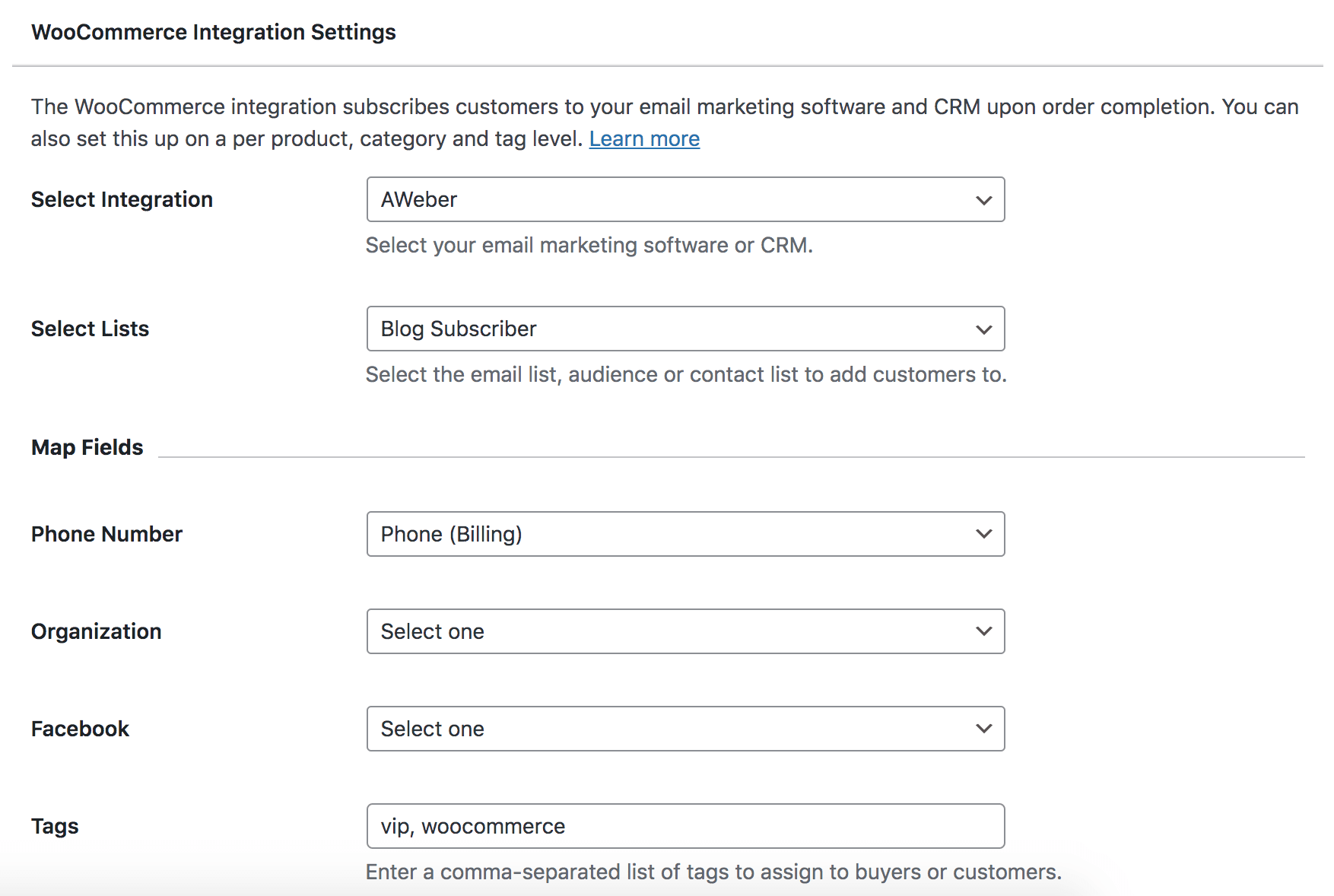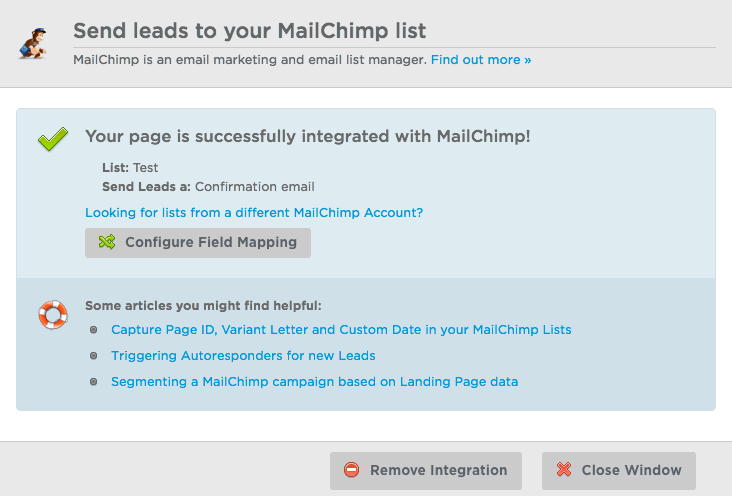Yes, your email marketing list should include first and last names. Names can make your emails feel personal and engaging.
This small detail can have a significant impact on your email marketing success. Email marketing is a powerful tool for businesses. It helps build relationships with customers. But, should you include first and last names in your email list? This question often puzzles marketers.
Names can personalize your messages. Personalized emails often get more attention. They feel less like spam and more like a friendly message. But collecting names can also be tricky and may discourage sign-ups. In this blog, we will explore the pros and cons of including names in your email marketing list. This will help you make an informed decision for your strategy.
Importance Of Personalization
Personalization in email marketing is crucial. It creates a connection with your audience. Using first and last names can make your emails feel more personal. This can lead to better engagement and stronger relationships with your subscribers.
Boosting Engagement
Using first and last names in emails can significantly boost engagement. Personalized emails are more likely to be opened and read. This can lead to higher click-through rates and conversions.
| Personalization Element | Impact on Engagement |
|---|---|
| First Name Only | Moderate increase in open rates |
| First and Last Name | Higher increase in both open and click rates |
Building Relationships
Including both first and last names helps in building relationships. It shows that you know your subscribers. This can make them feel valued and appreciated.
Personalization fosters trust. When subscribers feel recognized, they are more likely to remain loyal. This can lead to long-term benefits for your business.
- Improves trust and loyalty
- Enhances customer satisfaction
- Encourages repeat engagement

Credit: mailoptin.io
Data Collection Strategies
Collecting data for your email marketing list is crucial. It helps personalize and target your campaigns effectively. One question that often arises is whether to collect first and last names. This section discusses various data collection strategies to help you make the right decision.
Opt-in Forms
Opt-in forms are a primary tool for collecting subscriber information. Simple forms encourage more sign-ups. To collect first and last names, consider:
- Adding fields for first and last names
- Making these fields optional
- Using clear, concise labels
Optional fields reduce friction. They also provide flexibility for users who prefer privacy. Clear labels help users understand what information you need and why.
Surveys And Polls
Surveys and polls are excellent for gathering detailed data. They allow you to ask specific questions and gather insights. To collect first and last names:
- Send surveys to existing subscribers
- Include name fields in the survey
- Explain how you will use the information
Clear explanations build trust. They also increase the likelihood of users sharing their names. Surveys can provide valuable information beyond names, enhancing your marketing strategy.
Privacy Concerns
Privacy concerns are a significant consideration when collecting personal information. This includes first and last names in your email marketing list. People are more aware of their privacy rights and are cautious about sharing personal information.
User Consent
Always seek user consent before collecting personal data. Make sure users know why you need their first and last names. Explain how you will use their information. Provide a clear and concise privacy policy.
Data Security
Protecting collected data is crucial. Ensure that your email marketing platform uses secure methods. Encrypt sensitive information to prevent unauthorized access. Regularly update your security protocols to handle new threats.

Credit: www.ebay.com
Segmentation Benefits
Segmentation can bring many benefits to your email marketing list. By including first and last names, you can tailor your messages better. This helps in targeting the right audience with the right content. Let’s explore some key benefits of segmentation.
Targeted Campaigns
With first and last names, you can personalize your campaigns. Send specific offers to different groups based on their interests. For example, greet your audience by their first name. This makes your email feel more personal and relevant. People love to feel special. It increases their chances of engaging with your email.
Improved Open Rates
Personalized emails often see higher open rates. Including a recipient’s first name in the subject line can grab attention. People are more likely to open an email that feels personal. The more people open your emails, the better your marketing efforts will be.
Using first and last names for segmentation can improve the quality of your email list. It helps you send the right message to the right person. This leads to better engagement and more successful campaigns.
Challenges Of Collecting Names
Collecting first and last names for your email marketing list can be challenging. While having this information can personalize your campaigns, gathering it comes with hurdles. Let’s explore the key challenges you might face.
User Reluctance
Many users hesitate to share their full names. This reluctance stems from privacy concerns. People worry about spam or data misuse. Asking for too much information can lead to form abandonment. Simplifying forms can reduce this risk.
Data Accuracy
Ensuring data accuracy is tough. Users may input fake names to protect their identity. Typos and errors are common. Inaccurate names can lead to poor personalization. This affects the effectiveness of your campaigns.
| Challenge | Description |
|---|---|
| User Reluctance | Users hesitate to share full names due to privacy concerns. |
| Data Accuracy | Ensuring accurate data is challenging due to typos and fake names. |
To summarize, collecting names can enhance personalization. Yet, it comes with challenges like user reluctance and data accuracy. Address these issues to improve your email marketing efforts.
Alternatives To Full Names
Collecting full names in your email marketing list can sometimes feel intrusive. Not everyone is comfortable sharing their full identity. Thankfully, there are alternatives to gathering full names. These options help you personalize your messages without needing complete information. Here, we explore three viable alternatives.
Using First Names
First names are less intrusive than full names. They still allow for personalization. People feel more connected when addressed by their first name. It’s friendly and informal. This approach works well in most marketing contexts. It shows you value the subscriber as an individual. But it avoids the formality of full names.
Employing Nicknames
Nicknames offer another alternative to full names. They create a sense of familiarity and trust. Subscribers often feel more relaxed when addressed by a nickname. This method can make your emails feel more personal. It adds a unique touch to your communication. But always ensure the nickname is appropriate and respectful.
Impact On Email Deliverability
Email deliverability is a crucial aspect of any email marketing campaign. The information you collect, such as first and last names, can significantly impact your email deliverability. Let’s explore how having these details can help avoid spam filters and enhance your sender reputation.
Avoiding Spam Filters
Spam filters are designed to protect users from unwanted emails. They look for certain triggers that mark an email as spam. Including first and last names in your email list can help you personalize your emails. Personalized emails are less likely to be marked as spam.
Here are a few ways personalization helps:
- Subject Lines: Adding the recipient’s name in the subject line increases open rates.
- Content: Personalized content shows relevance to the user.
- Engagement: Higher engagement rates reduce the chances of emails being marked as spam.
Enhancing Sender Reputation
Your sender reputation is like a scorecard. It determines if your emails reach inboxes or not. A good sender reputation means fewer emails end up in the spam folder. Including first and last names in your email list can improve your sender reputation.
Here’s how it works:
- Better Metrics: Personalized emails often lead to better open and click rates.
- Lower Bounce Rates: Correctly addressed emails are less likely to bounce.
- Subscriber Trust: Personalized emails build trust with your audience.
A good sender reputation leads to higher deliverability rates. This means more of your emails will land in the recipient’s inbox. Collecting first and last names can help you achieve this.

Credit: community.unbounce.com
Case Studies
Examining real-world examples can provide valuable insights. Let’s explore some case studies on whether adding first and last names to your email marketing list makes a difference.
Success Stories
One company, ABC Retail, saw a 15% increase in open rates. They started using first and last names in their email lists. Personalized greetings made emails feel special. Customers responded positively. Sales also grew by 10% within three months.
Another example is XYZ Fitness. They personalized their email campaigns with full names. Engagement rates improved by 20%. Clients felt more connected. They were more likely to attend classes and renew memberships.
Lessons Learned
Not all companies had the same success. A small online bookstore tried adding full names. Open rates didn’t change much. Their audience preferred short, direct emails. Personalized emails seemed too formal.
An e-commerce site selling gadgets experienced mixed results. While some customers appreciated the personal touch, others found it unnecessary. They realized knowing their audience’s preference was key.
These case studies show the importance of testing. What works for one business may not work for another. Always test and analyze results to find the best approach for your audience.
Frequently Asked Questions
Why Collect First And Last Names In Email Marketing?
Collecting names personalizes emails. It helps build a connection with your audience. People like being addressed by their name.
How Do Names Improve Email Open Rates?
Names in subject lines grab attention. Personalized emails feel more relevant. This can lead to higher open rates.
Is It Necessary To Collect Full Names For Email Lists?
No, but full names offer more personalization. First names alone also work. Decide based on your strategy.
Can Collecting Names Impact Email Deliverability?
Yes, personalized emails often have better engagement. This can improve deliverability. Engaged readers are less likely to mark emails as spam.
What Are The Privacy Concerns With Collecting Names?
Privacy matters. Always get consent before collecting names. Use secure methods to store and handle personal information.
Conclusion
Collecting first and last names can boost your email marketing efforts. Personalization enhances engagement, making your emails feel more relevant. Balancing data collection with privacy is crucial. Always respect your subscribers’ comfort and trust. Test different approaches to find what works best for your audience.
Stay consistent and transparent. This builds trust and loyalty over time. So, consider adding names to your list. It could improve your email marketing success.

Leave a Reply